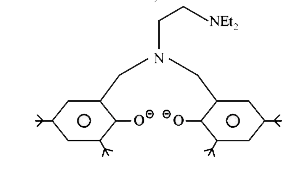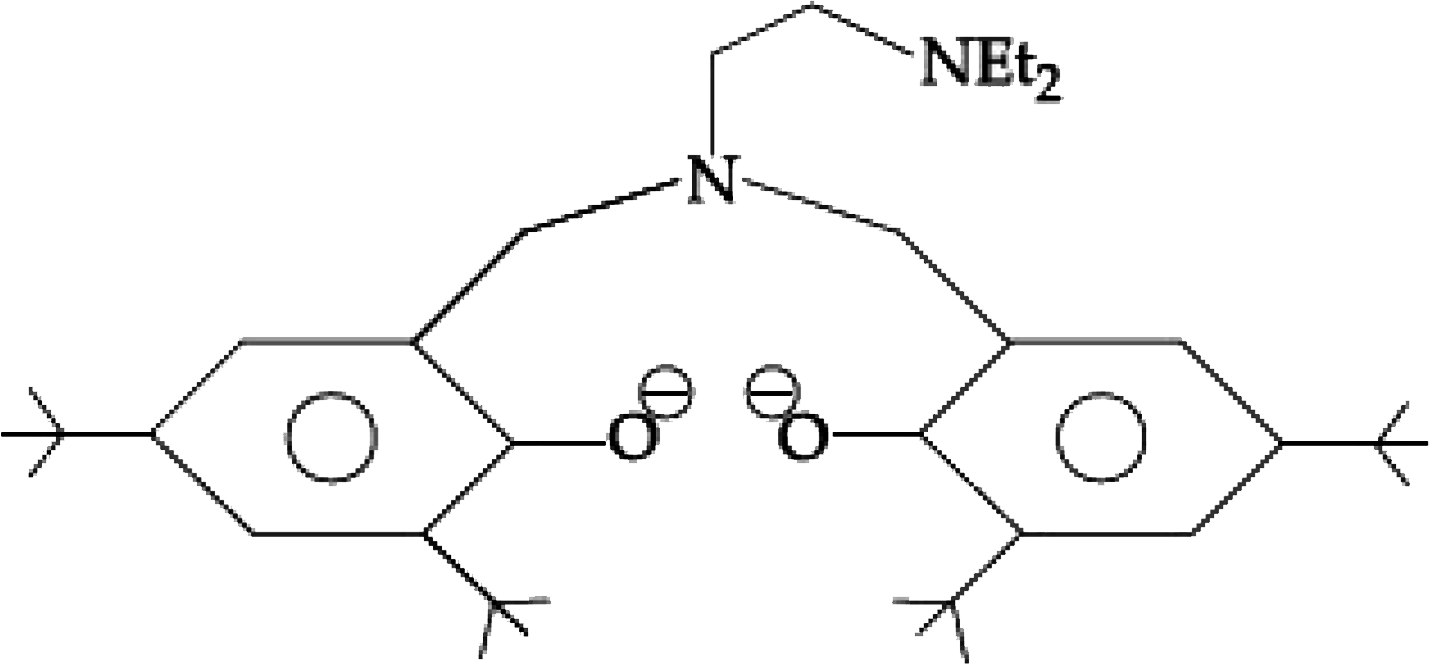As per the spectrochemical series, the ligand having maximum ligand field strength among the following is
C2O2−4
n−3
CN−
NO−2
To determine which ligand has the maximum ligand field strength according to the spectrochemical series, we need to analyze the given options. The spectrochemical series ranks ligands based on their ability to split the d-orbitals of transition metal complexes, which in turn affects the color and stability of the complexes.
1. Understanding Ligands:
- Ligands are ions or molecules that can donate a pair of electrons to a metal atom or ion to form a coordination complex.
- Ligands can be classified as strong field ligands or weak field ligands based on their ligand field strength.
2. Identifying the Spectrochemical Series:
- The spectrochemical series is a list that ranks ligands from strong field to weak field. Strong field ligands cause a large splitting of d-orbitals, while weak field ligands cause a smaller splitting.
- Common strong field ligands include CN⁻ (cyanide), CO (carbon monoxide), and NH₃ (ammonia).
- Weak field ligands include halides (like Cl⁻, Br⁻, I⁻) and water (H₂O).
3. Analyzing the Options:
- Without specific options provided, we can generally say that ligands like CN⁻ and CO are at the top of the series, while ligands like Cl⁻ and Br⁻ are at the bottom.
- If one of the options is CN⁻, it is known to be a very strong field ligand.
4. Conclusion:
- Based on the spectrochemical series, the ligand with the maximum ligand field strength among the options is typically CN⁻ (cyanide).
Final Answer:
The ligand having maximum ligand field strength among the given options is CN⁻ (cyanide).
- Ligands are ions or molecules that can donate a pair of electrons to a metal atom or ion to form a coordination complex.
- Ligands can be classified as strong field ligands or weak field ligands based on their ligand field strength.
- The spectrochemical series is a list that ranks ligands from strong field to weak field. Strong field ligands cause a large splitting of d-orbitals, while weak field ligands cause a smaller splitting.
- Common strong field ligands include CN⁻ (cyanide), CO (carbon monoxide), and NH₃ (ammonia).
- Weak field ligands include halides (like Cl⁻, Br⁻, I⁻) and water (H₂O).
- Without specific options provided, we can generally say that ligands like CN⁻ and CO are at the top of the series, while ligands like Cl⁻ and Br⁻ are at the bottom.
- If one of the options is CN⁻, it is known to be a very strong field ligand.
- Based on the spectrochemical series, the ligand with the maximum ligand field strength among the options is typically CN⁻ (cyanide).
The ligand having maximum ligand field strength among the given options is CN⁻ (cyanide).
Topper's Solved these Questions
Similar Questions
Knowledge Check
- Question 1 - Select One
Chelating ligand among the following is
AEDTABPhenCDipyDAll the above - Question 2 - Select One
Chelating ligand among the following is
ACOBCN−COH−Den - Question 3 - Select One
The bidenate ligand among the following is
A(a) dipyB(b) PH3C(c) NOD(d) All
What is maximum denticity of the following ligand ?
 View Solution
View SolutionIn the spectrochemical series which ligand produces strongest field ?
View SolutionWhich order is correct spectrochemical series of ligands?
View SolutionThe following ligand is :
 View Solution
View SolutionWhich is a pair of ambidentate ligands among the following?
View Solution

